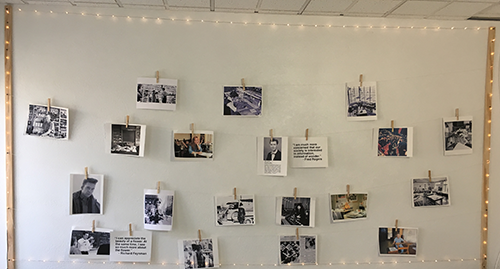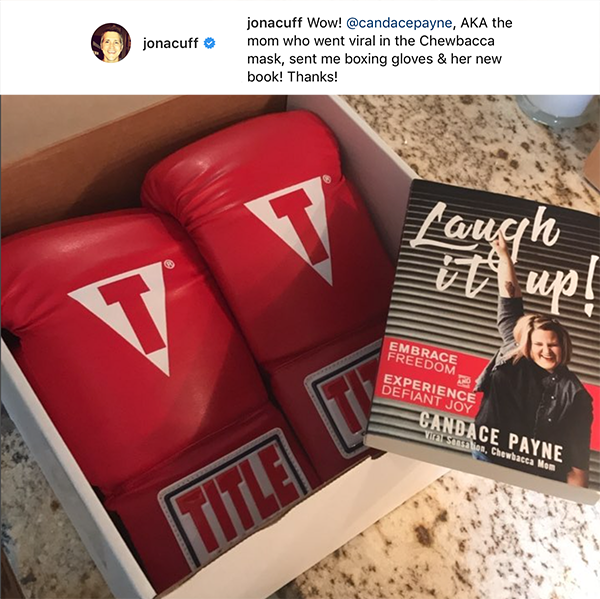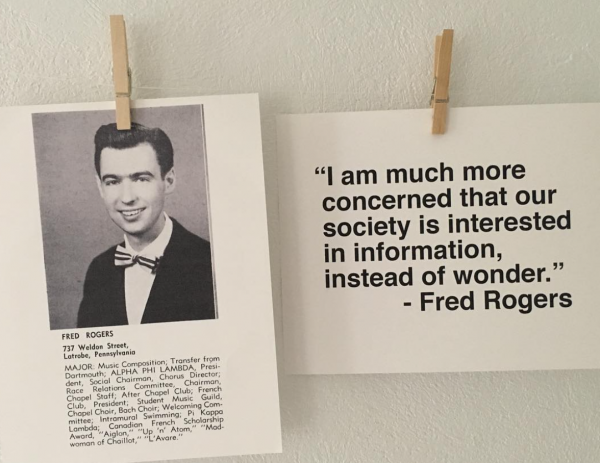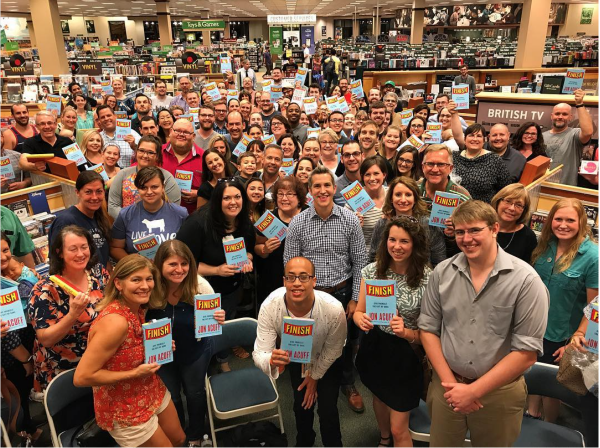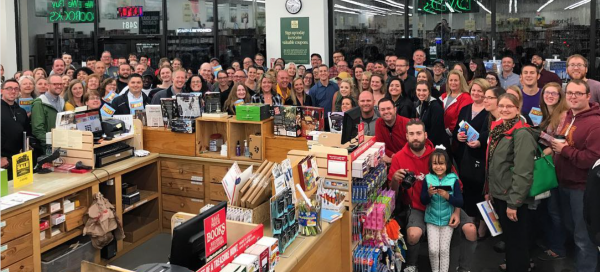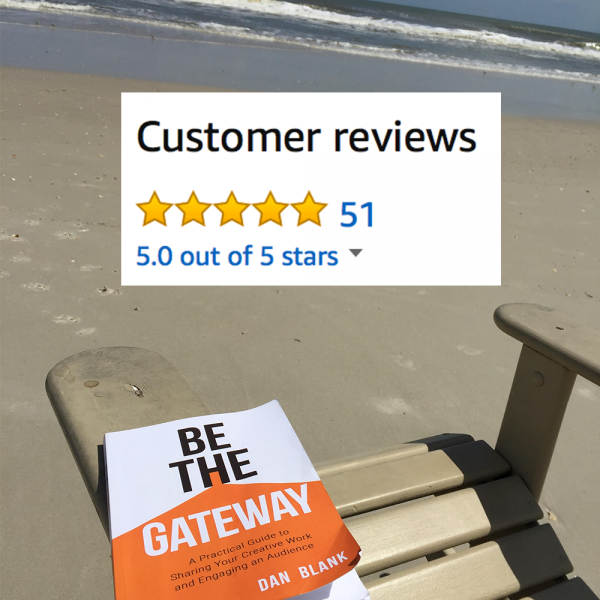Every day, we each have the opportunity to not just consume, but to create. We can each make the choice to double down on a creative vision, and spend a few moments writing, drawing, crafting, or performing.
I encourage you to create every day.
This year I spent a lot of time on personal reflection with the goal of creating more. What I found is that growth can be scary. It can confront our comfortable habits, the narratives that keep us feeling justified to “just get by,” instead of doing even more.
My conclusion is that I am deeply thankful for the opportunity to create every day.
When viewing this as an opportunity, I found the time to write every single day since May 1st. I doubled-down on my creative work by signing a lease on a private studio space.
Yet when I speak to writers and artists, some of them tell me that they can’t create because they are stuck. This is what I tell them to help them get unstuck:
- Assess your path and find your inspiration. What inspires you to consider creating vs consuming? For me, I am inspired by great artists, writers, and musicians, so I hung their photos on the wall of my studio. It reminded me: to create is a habit. It is a lifestyle. It is an identity. But most of all, it is a small and simple action, repeated every day.
- Create a simple system. Many people avoid structure with their creative work because they are afraid that it will kill the muse. Yet, what I find is that all great art requires boundaries. I would encourage you to embrace any boundaries that you feel are holding you back. Make them a part of the creative process. One great reminder of this was the title of the book (and contents, as well) The Obstacle is the Way, by Ryan Holiday.
- Resist comfortable habits. Don’t confuse systems you are comfortable with, with those that will actually help you push your art forward. Growth is often about challenging comfort. I’m not saying that you need to live an arduous life of discomfort, but instead, I encourage you to experiment with new practices, new habits, and new ideas.
- Invest in yourself. Not just in money, but in energy and time. Many writers and artists tell me that they don’t create because they feel guilty taking time away from their family or job. While I appreciate how much they care about those other responsibilities, I don’t think that it should require that they sacrifice their own creative vision in the process. You should be able to create without guilt.
- Identify what holds you back. Oftentimes, what holds someone back are internal narratives in their minds that they use to try to keep themselves safe. They are narratives that say, “Artists shouldn’t earn money,” or “I have found the perfect system for creating… but something seems to always get in the way.” What holds you back is very likely not something outside of yourself. It is a mindset that stops you, or a narrative that convinces you that progress isn’t possible. Regardless, identify what holds you back, because that is the first — and most powerful — step in overcoming it. Name it.
- Prepare for success. While oftentimes in life you can’t plan for success, you can prepare. Ask yourself: what would I do if I actually succeeded with my creative vision. Put your energy towards preparing for this, instead of preparing for failure, which is what many people do.
Recently a writer told me that they aren’t quite sure what they are doing with their craft, but they know it will work out as long as they keep creating.
It reminded me that the process for a professional writer or artist can be very messy, and that they accept this and move on anyway. But the amateur gets tripped up. The amateur says to themselves, “Well, let me not be a fool and move ahead until I KNOW exactly what I should be doing, and have proven that I know how to do it. Because I don’t want to waste any resources. I don’t want to look like a fool.”
But if you go to the studio of a pro, you see it is littered with wasted materials that were used up on experiments. That for every finished piece, there are 100 abandoned pieces.
This is artist Alexander Calder’s studio:
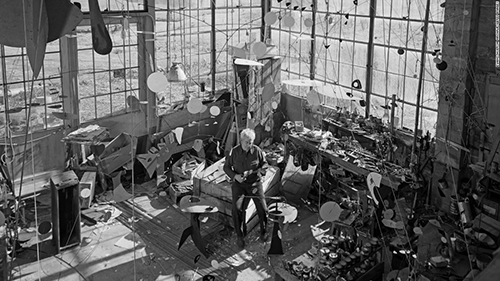
It’s a mess, right? If you feel stuck and want to focus more on creating in 2018, I encourage you to find a way to take a simple step ahead and experiment via the tips above.
I will leave you with this: Be Diane Keaton. Here is a photo I saw from a friend on social media awhile back:
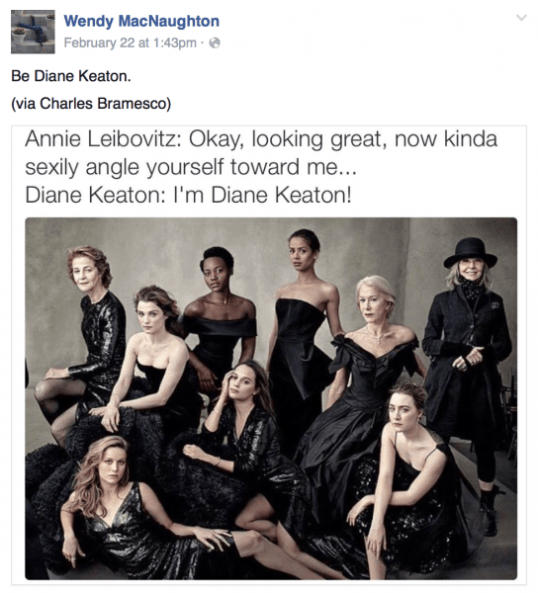
This was a Vanity Fair cover where Diane Keaton stands apart by being herself. There is a great backstory on the photo that illustrates the wonderful collaborative process of the creative team working with Diane, ending up with Diane wearing an outfit of her own design.
But what is missing in that backstory is how the decision was made that the other women would have a certain serious look, at a staged angle, and that Diane would simply be smiling, her entire body squared with the camera.
Every single person involved in this photo (both in front of and behind the camera) is a unique individual. What Diane’s stance, smile, and clothes do is simply remind us of this. To be “for” Diane Keaton does not mean that you are somehow “against” anyone else. Everyone here is wonderful in their own unique way.
What “Be Diane Keaton” means is this:
Be a creator. Be yourself. Be a great collaborator.
And what that means for you can be different things in different moments.
Can you create something new every single day? What would it be? What is the smallest way you can make that happen?
-Dan

